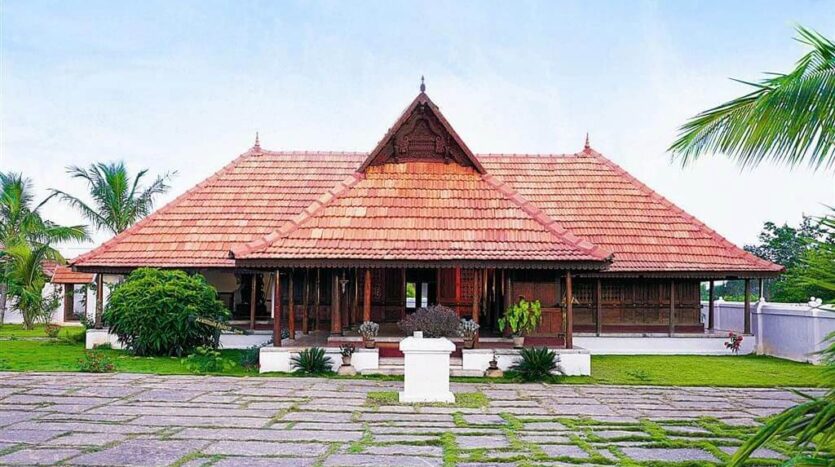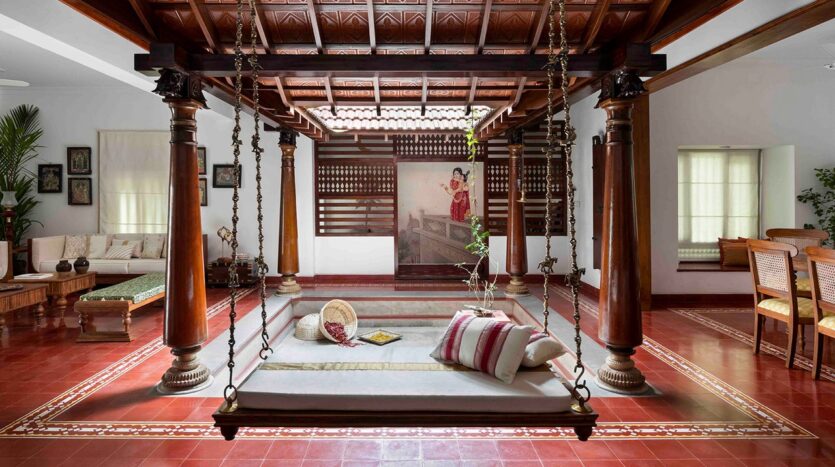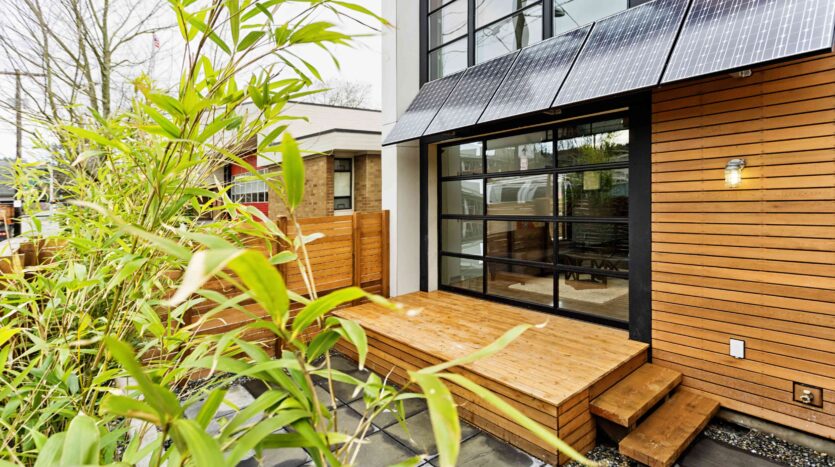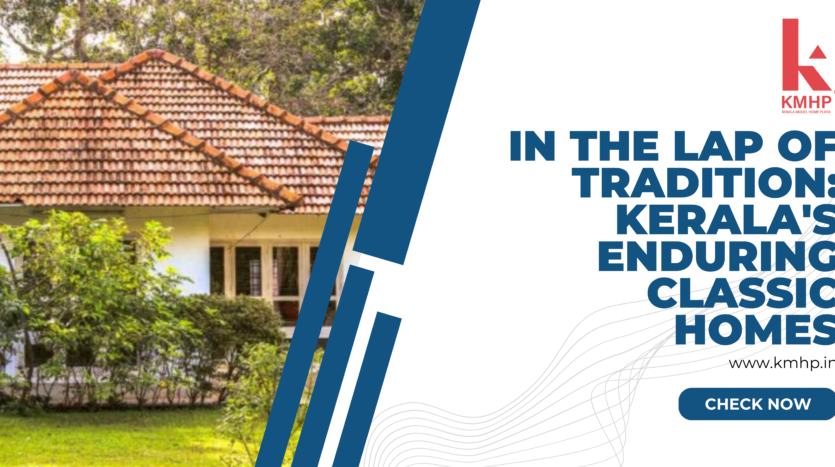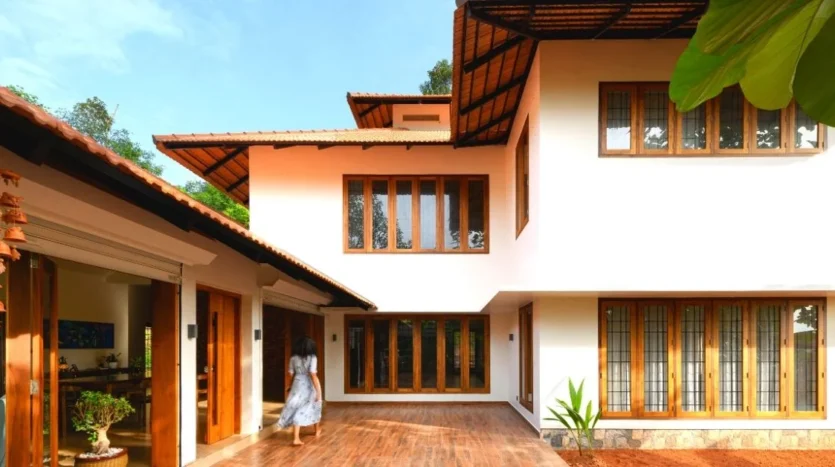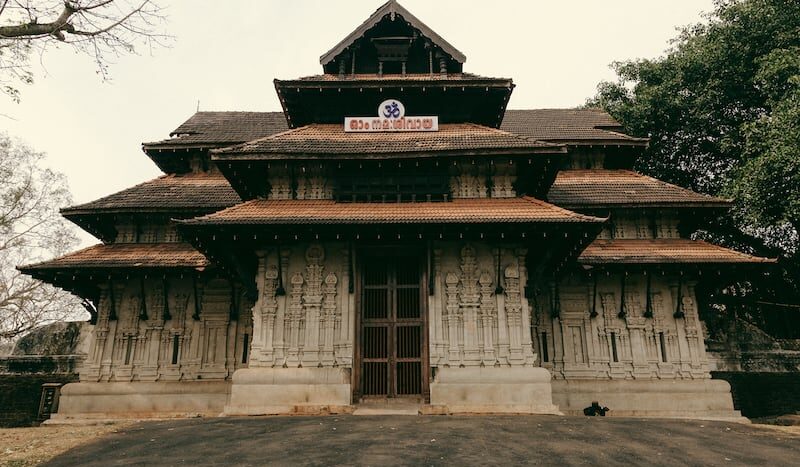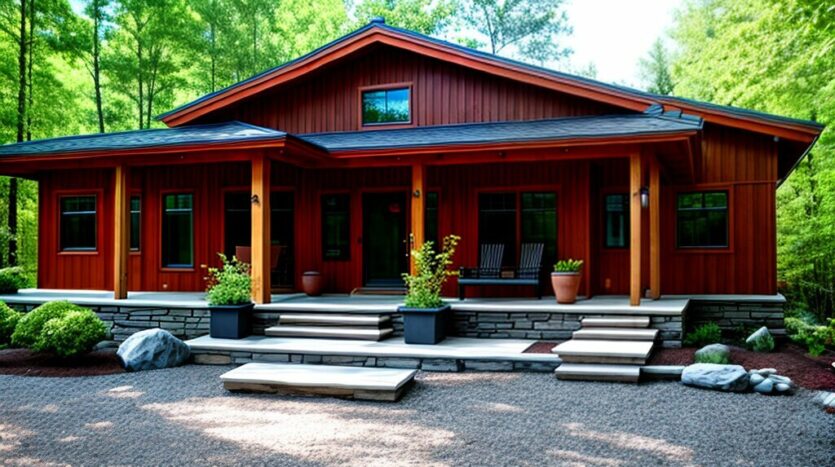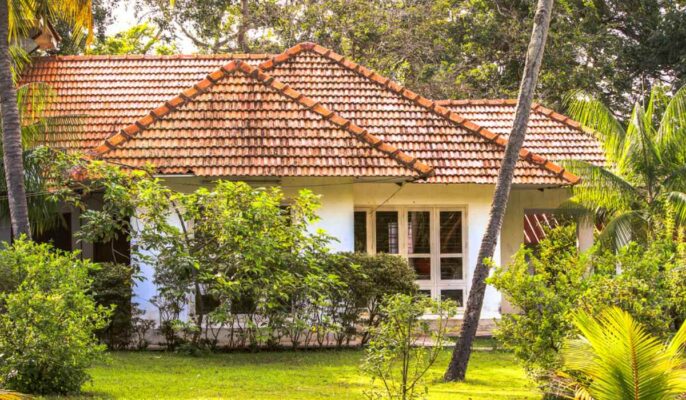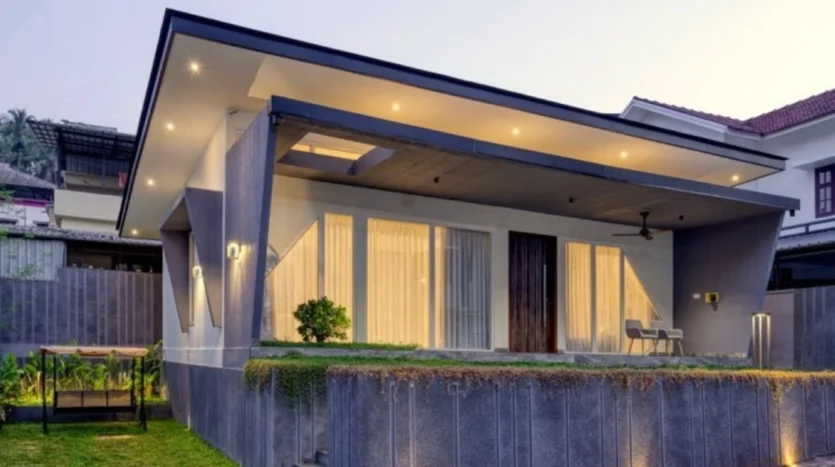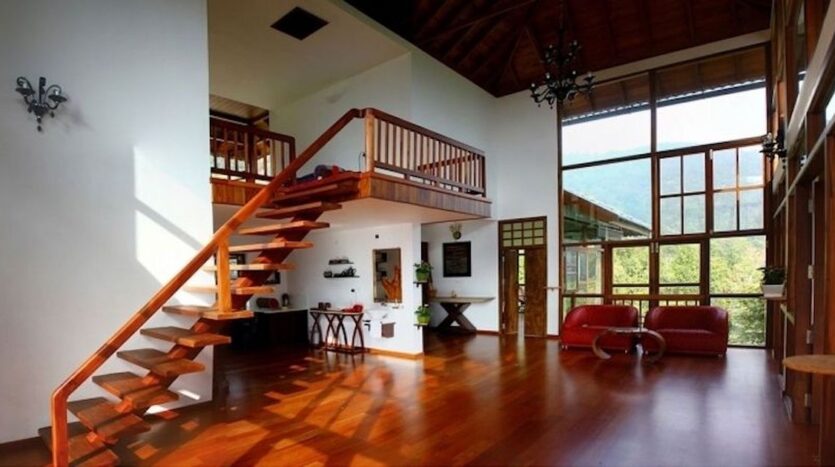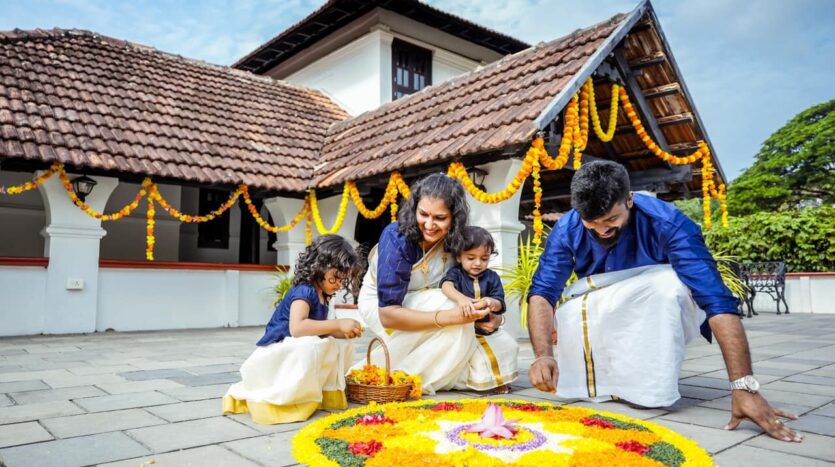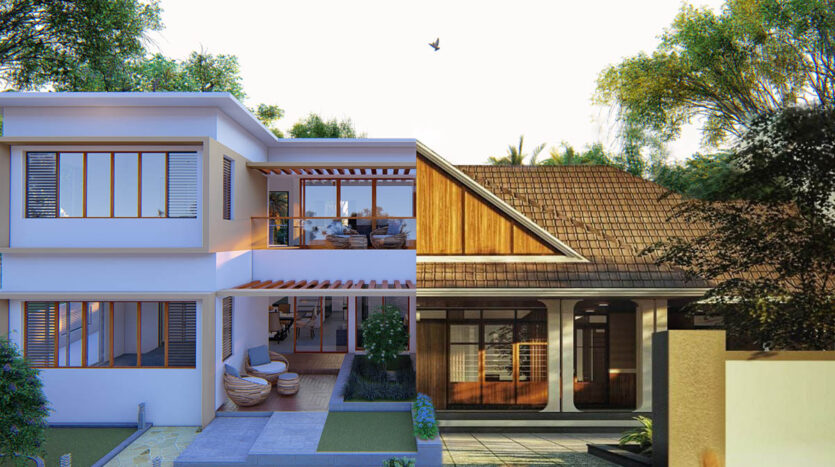Kerala, a land renowned for its rich cultural tapestry, boasts a treasure trove of traditional homes that stand as testaments to the state’s architectural and cultural heritage. In this exploration, we delve into the captivating world of Kerala’s enduring classic homes, uncovering the architectural marvels, cultural significance, and the challenges faced in preserving these timeless treasures.
I. Introduction
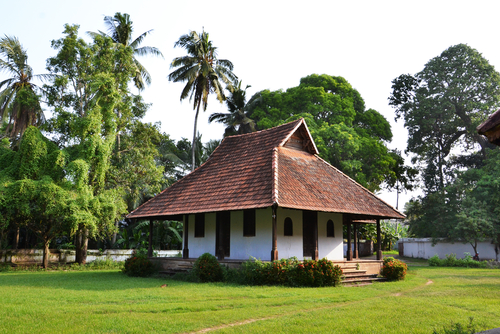
A. Brief Overview of Kerala’s Traditional Homes
Kerala’s traditional homes, often referred to as “nalukettu” or “illam,” represent a unique blend of artistry, culture, and sustainability. These homes, characterized by intricate wooden carvings and sprawling courtyards, reflect the state’s rich history.
B. Significance of Preserving Cultural Heritage
In an era dominated by modernization, the preservation of traditional homes becomes paramount. These structures serve as living archives, encapsulating the essence of Kerala’s cultural identity. As we move forward, it is crucial to recognize the value of these homes in maintaining a connection to our roots.
II. Architectural Marvels of Kerala
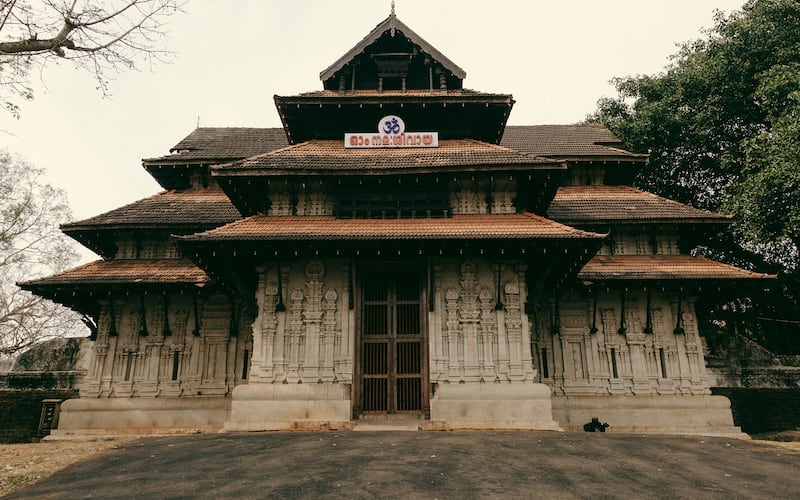
A. Distinctive Features of Traditional Homes
The architecture of Kerala’s classic homes is distinguished by sloping roofs, wooden pillars, and elaborate carvings. These features not only contribute to the aesthetic appeal but also showcase the mastery of traditional craftsmanship.
B. Use of Eco-Friendly Materials
Traditionally, these homes are constructed using locally sourced and sustainable materials. From the thatched roofs to the wooden beams, every element reflects a commitment to eco-friendly practices, aligning seamlessly with the principles of a green lifestyle.
III. Traditional Decor and Furnishings

A. Timeless Elegance in Interior Design
Step inside a Kerala traditional home, and you are greeted by an ambiance of timeless elegance. The interior design, marked by vibrant colors and traditional motifs, creates a space that resonates with warmth and cultural richness.
B. Importance of Wooden Furniture
Wooden furniture plays a pivotal role in the decor of these homes. Crafted with precision by skilled artisans, the furniture not only adds to the aesthetic appeal but also exemplifies the sustainable use of local resources.
IV. The Role of Courtyards

A. Courtyards as Communal Spaces
Courtyards in traditional homes are not merely architectural features; they are communal spaces that foster interaction among family members. These open areas are where stories are shared, celebrations unfold, and the community comes together.
B. Incorporating Nature into Home Design
The strategic placement of courtyards allows for the seamless integration of nature into home design. Lush greenery, flowering plants, and the soothing sound of water features contribute to a harmonious living environment.
V. Challenges in Preserving Traditional Homes
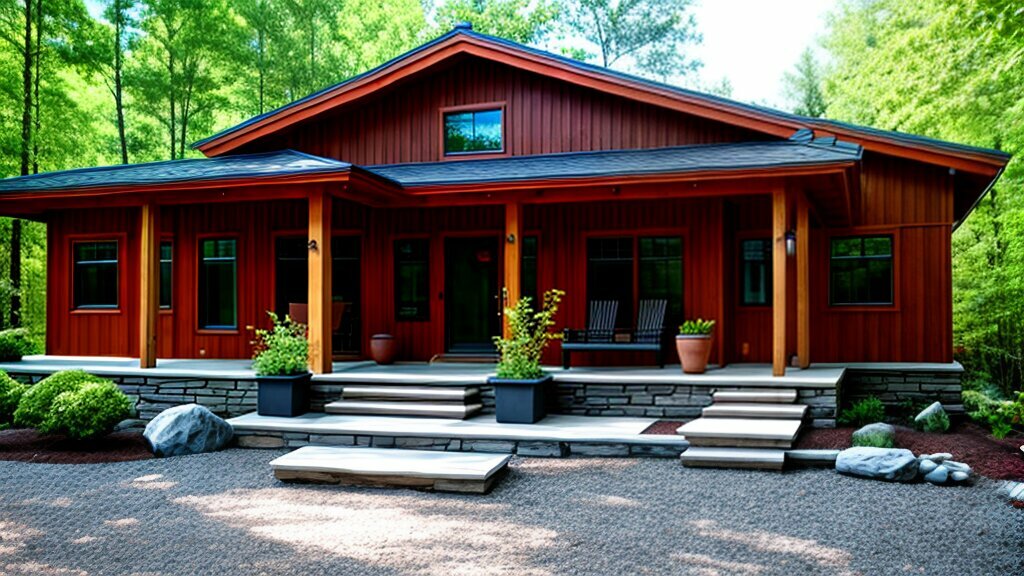
A. Modernization and Its Impact
The rapid pace of modernization poses a significant threat to the preservation of traditional homes. As urbanization spreads, these architectural gems face the risk of neglect and destruction.
B. Initiatives for Conservation
Despite the challenges, there are commendable initiatives aimed at the conservation of Kerala’s traditional homes. Government-led projects, community efforts, and awareness campaigns are crucial steps toward safeguarding this cultural heritage.
VI. The Cultural Stories Embedded in Homes
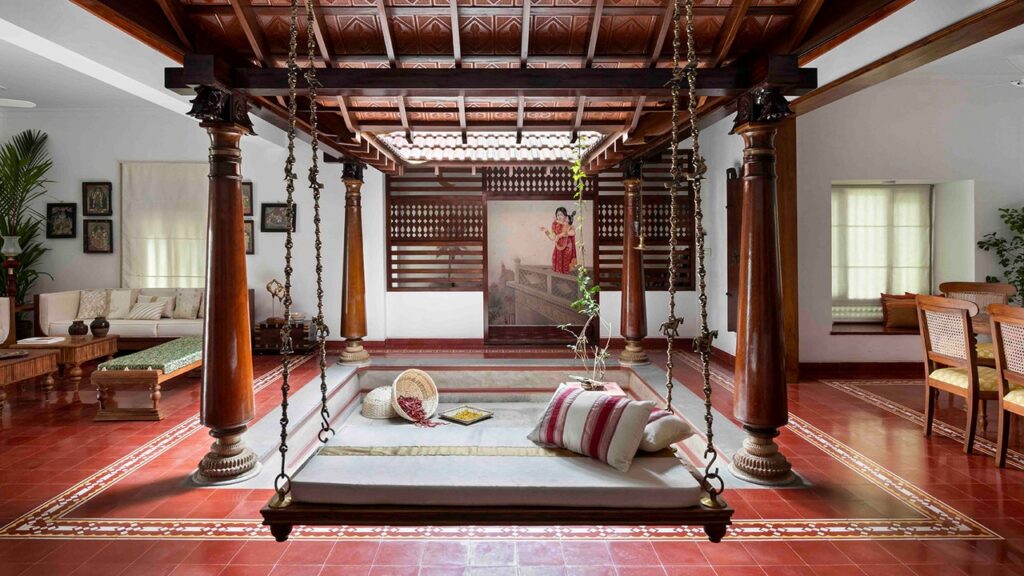
A. Narratives Behind Specific Architectural Elements
Each carving, mural, or architectural element in a traditional home tells a story. These narratives often trace back to historical events, religious beliefs, or local folklore, adding depth and meaning to the structure.
B. The Connection Between Homes and Local Customs
Kerala’s classic homes are deeply intertwined with local customs and rituals. From the design of prayer rooms to the layout of the kitchen, every aspect reflects the cultural practices and beliefs passed down through generations.
VII. Traditional Homes as Tourist Attractions
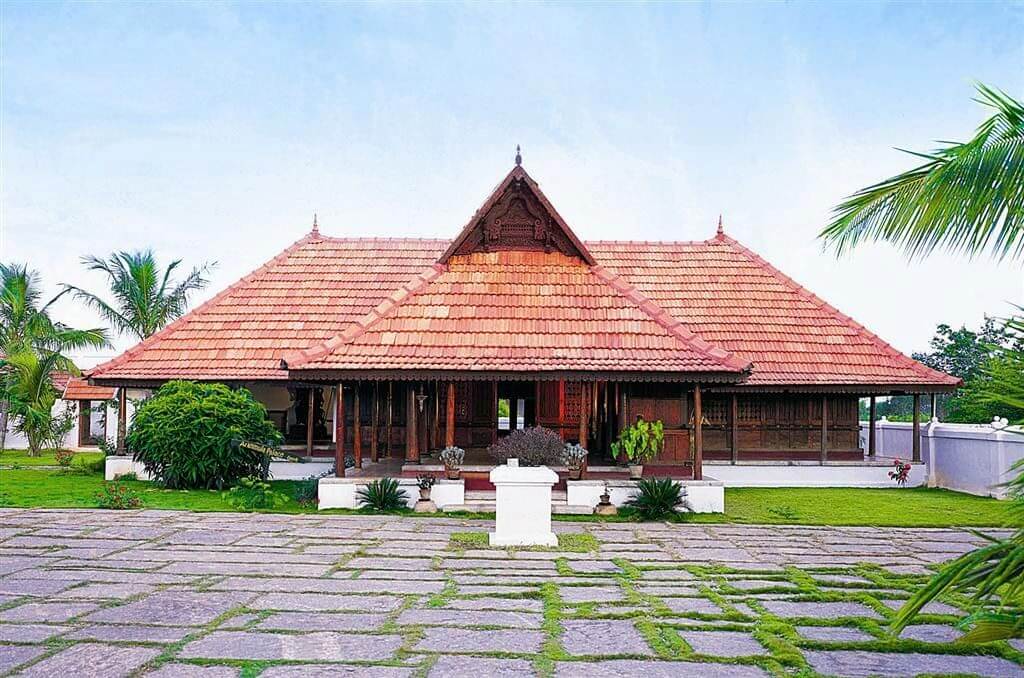
A. Attracting Visitors to Experience Cultural Heritage
In an era where travelers seek authentic experiences, Kerala’s traditional homes have emerged as unique tourist attractions. Visitors can immerse themselves in the rich cultural heritage, experiencing the charm of a bygone era.
B. Balancing Preservation with Tourism
While tourism brings attention and resources, there is a delicate balance to strike between welcoming visitors and preserving the sanctity of these homes. Sustainable tourism practices are essential to ensure the longevity of these cultural treasures.
VIII. Sustainability Practices

A. How Traditional Homes Align with Sustainable Living
The inherent eco-friendly design of traditional homes aligns seamlessly with the principles of sustainable living. From energy-efficient layouts to the use of natural materials, these homes serve as models for environmentally conscious living.
B. Modern Adaptations for Eco-Friendly Practices
Adapting traditional principles to modern living, homeowners are incorporating eco-friendly technologies. Rainwater harvesting, solar panels, and energy-efficient appliances are seamlessly integrated into the classic design.
IX. The Impact of Technology

A. Blending Tradition with Modern Conveniences
Preserving tradition does not mean resisting technological advancements. Many traditional homes now seamlessly integrate modern conveniences, ensuring a comfortable lifestyle without compromising on cultural integrity.
B. Digital Documentation for Heritage Preservation
Digital platforms play a crucial role in documenting and preserving the heritage of Kerala’s traditional homes. Virtual tours, online archives, and interactive exhibits contribute to a global understanding of these cultural gems.
X. Case Studies of Preserved Homes
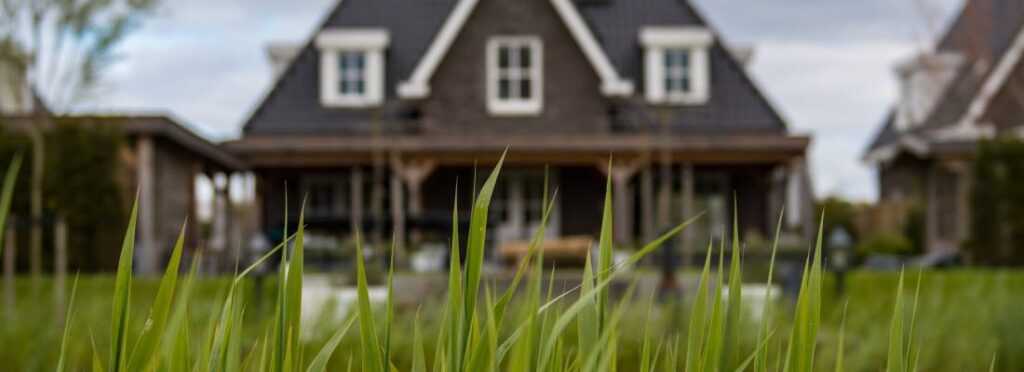
A. Showcasing Well-Preserved Traditional Homes
Highlighting successful preservation efforts, case studies delve into homes that have stood the test of time. These examples serve as inspiration and provide valuable insights into effective conservation strategies.
B. Success Stories in Conservation Efforts
Communities and individuals involved in the conservation of traditional homes share success stories. The challenges faced, innovative solutions, and the impact on the community all contribute to a narrative of triumph against the tide of modernization.
XI. Cultural Festivals Celebrated at Homes
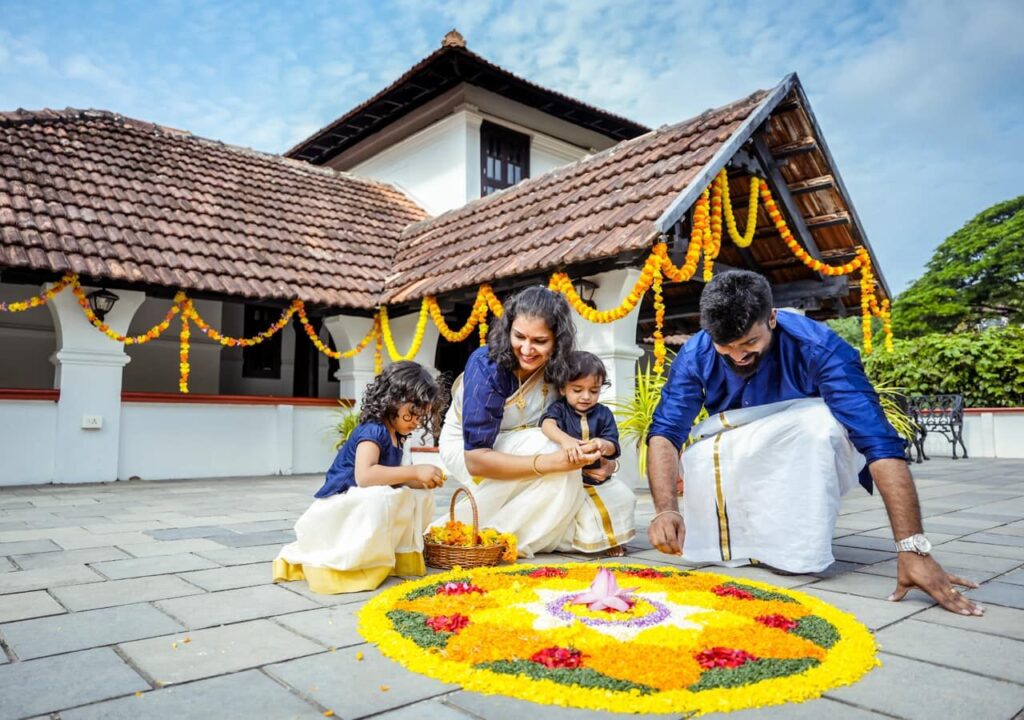
A. Role of Homes in Cultural Festivities
Kerala’s traditional homes play a central role in cultural festivities. From elaborate ceremonies to vibrant festivals, these homes become the epicenter of celebrations, fostering a sense of community and shared identity.
B. Community Bonding Through Celebrations
The communal nature of traditional homes is amplified during cultural festivals. Neighbors come together, sharing traditions, food, and laughter, reinforcing the bonds that make these communities unique.
XII. The Art of Traditional Home Construction
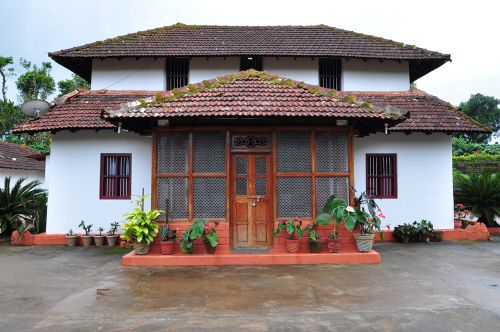
A. Skills Passed Down Through Generations
The construction of traditional homes is an art form passed down through generations. Master craftsmen, often from specific communities, impart their skills and knowledge to ensure the continuity of this cultural legacy.
B. Importance of Master Craftsmen
Master craftsmen play a pivotal role in the preservation of traditional home construction techniques. Recognizing their expertise and providing avenues for passing on their skills is crucial for the continued existence of these architectural marvels.
XIII. The Future of Traditional Homes
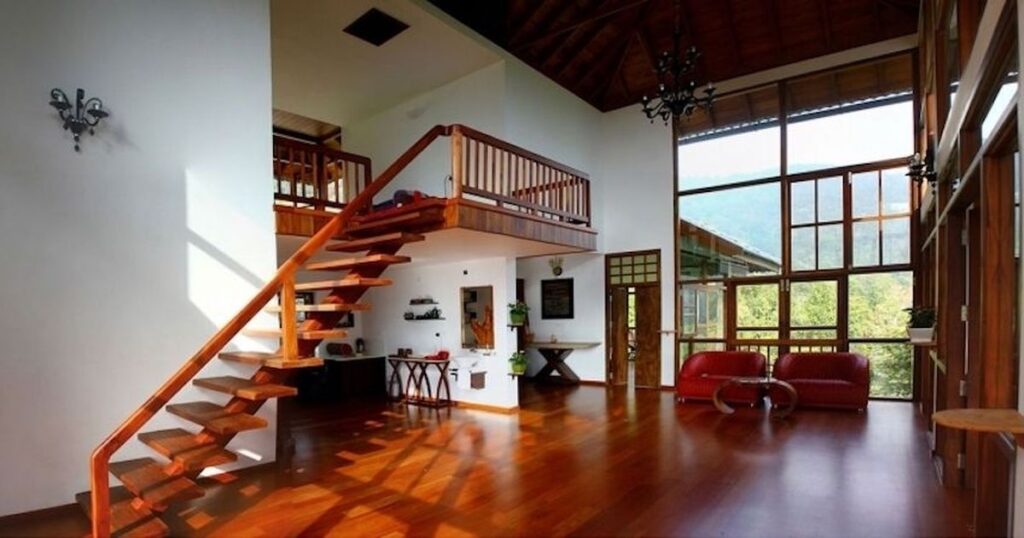
A. Preserving Cultural Identity in a Changing World
As Kerala evolves, the challenge lies in preserving cultural identity amidst rapid change. Traditional homes serve as anchors, reminding the community of its roots and providing a sense of continuity.
B. The Role of the Younger Generation in Conservation
Involving the younger generation in the conservation efforts is essential for the longevity of traditional homes. Education, awareness programs, and hands-on experiences can instill a sense of pride and responsibility in preserving cultural heritage.
XIV. Tips for Incorporating Tradition into Modern Homes

A. Blending Traditional Elements into Contemporary Design
For those seeking to incorporate a touch of tradition into modern living, subtle additions can make a significant impact. From traditional artifacts to architectural elements, blending the old with the new creates a harmonious living space.
B. The Significance of Heritage in Modern Living
Understanding the significance of heritage in modern living goes beyond aesthetics. It involves a conscious effort to embrace sustainable practices, respect cultural diversity, and contribute to the preservation of a global cultural tapestry.
XV. Conclusion
A. Recap of the Enduring Charm of Kerala’s Classic Homes
Kerala’s classic homes stand as enduring symbols of a rich cultural legacy. Their architectural beauty, cultural significance, and role in community life make them invaluable treasures that warrant preservation and celebration.
- Hoe casino zonder CRUKS werkt aan een veilig speelklimaat - October 26, 2025
- BetWinner Online Casino A Complete Guide to Games and Promotions - October 26, 2025
- Zahraniční casino online Objevte nejlepší nabídky a hry - October 26, 2025


